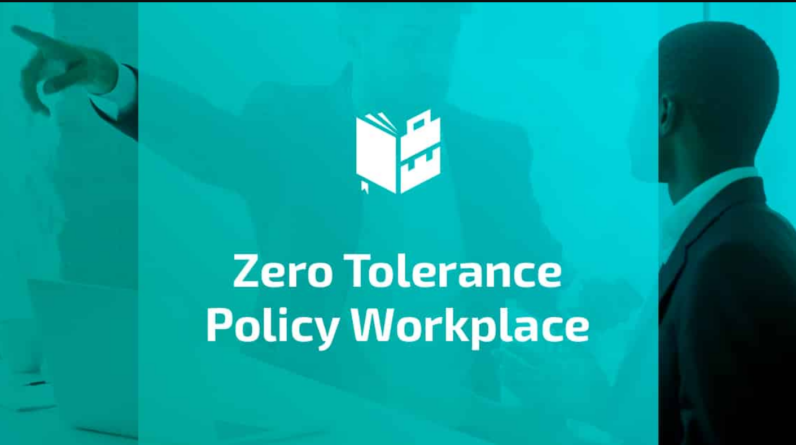
In today’s competitive job market, recruiting and maintaining qualified personnel demands more than a solid salary and perks. Employees want supportive workplaces. Diversity, equity, and inclusion (DEI) is not a “nice-to-have”. Any company that values hiring needs it. In the talent fight, DEI programs must address unconscious prejudices and preconceptions.
DEI and zero-tolerance policies are often complementary. The former guarantees that all employees have an equal chance to thrive and that different ideas are appreciated, while the latter addresses misconduct, discrimination, and harassment. To make these rules effective, they must take into account all employees’ unique experiences and opinions. How can companies balance DEI with zero tolerance?

Zero-Tolerance and DEI Policies
Understanding and integrating these terms is the first step toward equilibrium.
Diversity means accepting people’s ethnicity, gender, age, religion, and sexual orientation. Equity ensures a fair and unbiased platform for all, while inclusion fosters an environment of mutual respect and appreciation where everyone is appreciated and treated with dignity.
Belonging goes beyond DEI by making employees feel accepted, included, and valued. As the paradigm shifts, DEI to DEIB (diversity, equity, inclusion, and belonging) will become a major HR trend.
However, zero-tolerance policies prohibit all verbal or physical harassment, nuisance, and misconduct to create a safe and healthy workplace.

Zero-tolerance rules, aimed to ensure workplace safety, can conflict with DEI commitments. Zero-tolerance may demand disciplinary action if an employee makes an insulting comment. However, organizations must consider the employee’s context and intentions and weigh the potential outcomes before taking action.
Best Zero Tolerance/DEI Practices
Zero-tolerance policy and DEI can be tricky Organizations can implement zero-tolerance policies and DEI practices in these ways:
- Mediation or restorative justice can replace discipline. This method promotes open communication, understanding, and constructive dispute resolution while holding people accountable.
- Create an accountable workplace where all employees are held to the same standards. This technique entails defining clear expectations for conduct, enforcing regulations consistently, and creating a safe reporting system for employees to report misconduct.
- Create a respectful and inclusive culture that requires strong leadership and DEI reinforcement. Leaders must clearly express the organization’s principles and hold themselves and others accountable for upholding them to implement it. They must model a safe and inclusive workplace for all employees, regardless of origin or identity.
- Zero-tolerance and DEI programs must be monitored and adjusted to succeed. Policy and training program assessments and employee feedback can help organizations identify areas for improvement and make necessary changes.
- Regular DEI training and awareness initiatives can promote workplace inclusivity. A thorough program should educate employees on the significance of their words and actions, promote respect and inclusivity, and stress diversity and equity.
Bottom Line
To create a harassment-free workplace, organizations must balance DEI with zero-tolerance rules. To foster employee connection and acceptance, DEI strategies must include belonging.
HR and management must integrate these ideas. To develop a safe and inclusive workplace for employees, customers, and shareholders, they must adopt a culture of accountability, invest in training, and set clear reporting and investigation rules.
